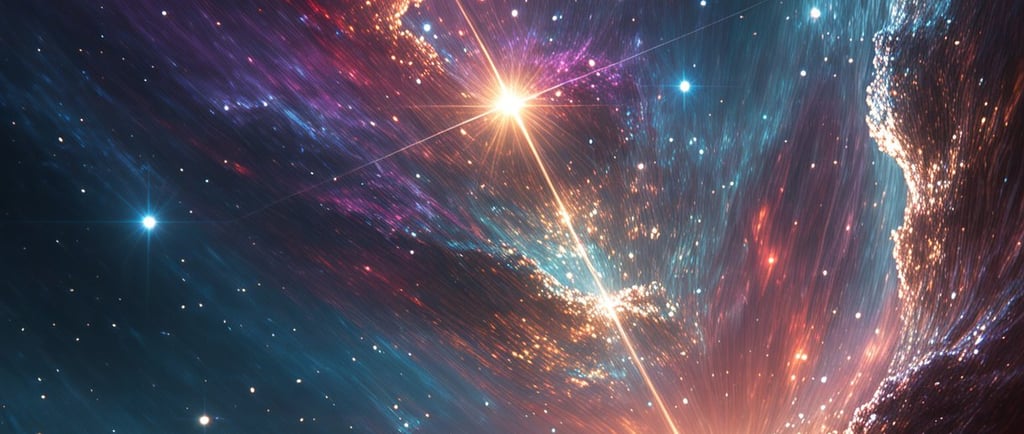Amidst the vast Nebulas in the Universe
SPACE


Introduction to Nebulas
Nebulas are among the most awe-inspiring phenomena in the cosmos. These vast clouds of gas and dust are not just beautiful to observe; they also play a crucial role in the life cycle of stars and the formation of galaxies. From the iconic Pillars of Creation to vibrant planetary nebulas, our understanding of these celestial objects has expanded significantly over the years.
The Different Types of Nebulas
Nebulas are classified into several categories based on their composition and behavior. Primarily, they fall into three categories: emission nebulas, reflection nebulas, and dark nebulas. Emission nebulas, such as the famous Orion Nebula, glow brightly due to the ionization of their gas by nearby stars. Reflection nebulas, in contrast, do not emit their own light; instead, they reflect the light of surrounding stars, giving them an ethereal bluish hue. Dark nebulas, like the Coal Sack Nebula, are dense clouds that block the light of objects behind them, creating stunning contrasts in the night sky.
The Significance of Nebulas in Astronomy
Understanding all the nebulas in the universe is vital for astronomers. These formations are often the birthplaces of stars, with many maintaining the material necessary for star formation. When massive stars exhaust their nuclear fuel, they can end their lives in supernova explosions, dispersing their elements back into nearby nebulas. This cycle contributes to the chemical enrichment of the galaxy, enabling the creation of new stars and planets. Furthermore, the study of nebulas helps scientists to understand fundamental processes such as stellar evolution and the dynamics of galaxy formation.
Modern telescopes and imaging technology have allowed astronomers to explore nebulas more intricately than ever before. Observations in various wavelengths, including infrared and radio, reveal hidden structures and interactions within these clouds, providing insights into cosmic history that were previously unattainable. As technology continues to advance, the potential for new discoveries and deeper understanding of all the nebulas in the universe becomes increasingly promising.
In summary, nebulas are not just clouds of gas and dust; they are essential components of the universe that contribute to the lifecycle of stars and galaxies. Their astonishing beauty and significance in the cosmos make them a focal point for ongoing astronomical research and exploration.
